Feminism in the Republic of Moldova. A short history of the women who demanded equality

Moldova has a troubled history. It was annexed to the Tsarist Empire, was then part of Romania, to later become part of the USSR. Just like their country, Moldovan women have also lived many troubled lives. Even before 1900, and against the background of international emancipation, the women who inhabited this territory began to claim their rights. Their stories of endurance, courage and perseverance could have inspired generations but they have largely been forgotten. However, even the little that is known of these women continues to encourage today's young people to ask for more from their country, to go further and to build a society that does not allow for abuse, discrimination, coercion or exploitation.

THE FEMINIST MOVEMENT
In general, women in Moldova today can be financially independent, have access to education, can vote, can access public office, can drive, and can own property, all thanks to the women who fought for this just a few decades ago.
According to some sources, the first structuring of feminist ideas began as early as the 1790s. For Bessarabia, historians have traced back the first feminist movement to the mid-nineteenth century. This has been closely linked to women's access to education. In March 1864, the first girls’ school was opened in Bessarabia followed a few months later by the first diocesan girls' school. At that time there were a few exceptional women that stood out.
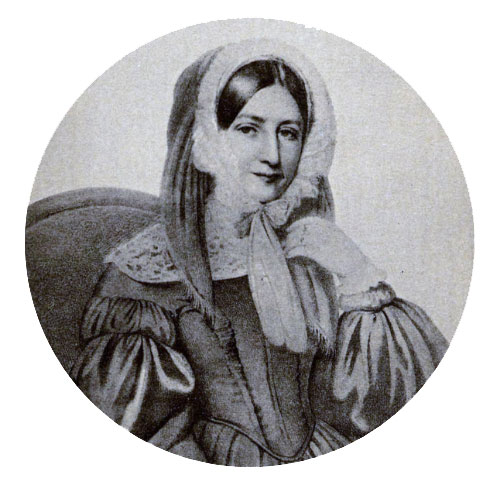 In 1786, Roxandra Edling was born. The third of five children, she would become a writer and one of the leaders of the Bassarabian feminist movement. In 1790, her family moved to Iasi, and later, in 1800, to Petersburg. She received an excellent education and, due to her being in royal circles, Edling met Goethe, was the bridesmaid of Empress Elizabeth and trusted by Emperor Alexander I of Russia.
In 1786, Roxandra Edling was born. The third of five children, she would become a writer and one of the leaders of the Bassarabian feminist movement. In 1790, her family moved to Iasi, and later, in 1800, to Petersburg. She received an excellent education and, due to her being in royal circles, Edling met Goethe, was the bridesmaid of Empress Elizabeth and trusted by Emperor Alexander I of Russia.
She was a philanthropist who invested heavily in education. In 1828, together with her brother Alexandru, she founded the house for priests, the school and the hospital in Mânzari, Tighina county. According to some sources, it is thanks to her efforts that the county, which was previously deserted, became full of houses and institutions that took care of the locals. The irrigation system she created meant that farms could flourish: from vineyards and sheep farming to the development of the cheese and winemaking industries. She also founded an orphanage in Odessa, and in 1829, the Women's Welfare Society, an entity said to have saved several lives during the 1833 famine in Odessa. Ruxandra Edling died in 1844, just after returning from a trip to Paris. Previously, she lost her mother and then her husband at just two years old, leaving visible marks on her condition. At her request, she was buried in Odessa, by the sea.
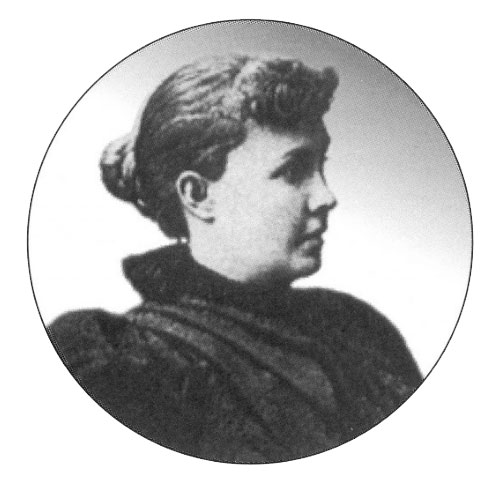 Another promoter of equal opportunities was Natalia Dadiani (b. 1865). She taught geography at a high school in Chisinau, and later became the school’s director. When the high school building was moved, Dadiani offered to financially support the construction of the new building, which later became an architectural monument and the headquarters of the Museum of Fine Arts. She was also a princess, obtaining this title by marrying a representative of a family of Georgian nobles. She led the Girls' Gymnasium no. 2 until the end of life and her name has remained closely linked in history to what it meant to educate girls in this part of the world. Thanks to her, dozens of young women were able to gain not only access to education, but also their independence as adults.
Another promoter of equal opportunities was Natalia Dadiani (b. 1865). She taught geography at a high school in Chisinau, and later became the school’s director. When the high school building was moved, Dadiani offered to financially support the construction of the new building, which later became an architectural monument and the headquarters of the Museum of Fine Arts. She was also a princess, obtaining this title by marrying a representative of a family of Georgian nobles. She led the Girls' Gymnasium no. 2 until the end of life and her name has remained closely linked in history to what it meant to educate girls in this part of the world. Thanks to her, dozens of young women were able to gain not only access to education, but also their independence as adults.
23 years after the birth of Daniani, Nadejda Tudor was born in Mânzari commune, Tighina county, the former estate of Roxandra Edling. A publicist and leader of the feminist movement in Bessarabia, Tudor participated in the First World War as a sister of charity. She would write for many newspapers, including "Luminatorul", "Făclia Ţarii", "Lira Basarabiei", but especially for "Mişcarea femenina", a "bimonthly newspaper (published in Chisinau between 1933 and 1934) Under the leadership of a committee of women, independent and fighting for the assertion of women's rights in the public life of the Romanian state". Together with Elena Alistar and several other Bessarabian women, she founded the "Women's League of Bessarabia ", an organization fighting for the emancipation of women. She was also a member of the Society of Writers and Publicists of Bessarabia.
In 1873, Elena Alistar was born, the first woman deputy from Bessarabia and Romania. She was a doctor, journalist and the only woman to be part of the Country Council. In 1917, she participated in the creation of the Moldovan National Party and founded the Cultural Society "Faculty of Medical Students", as well as the Cultural League of Women in Bessarabia, advocating for equal rights with men. After the Union with Romania, she was appointed director of the Diocesan School for Girls in Chisinau, which she led during the interwar period. She was president of the "People's Party", founded by Marshal Alexandru Averescu. She wrote several articles for the "România Nouă" newspaper and received distinctions such as "Sanitary Merit" class II for combating cholera (1913), "Manhood and faith" (1913), "Labor Reward", class I. After June 28, 1940, she took refuge in Romania, living for a while in Iași before being arrested by the communist regime and sent to Pucioasa, Dâmbovița County, where she died in 1955.
Elena Djionat was born a few years later than Elena Alistar in 1888. The two women would be united by a common idea - feminism. Dijonat was a publicist, teacher, journalist and activist for women's rights, co-founder and leader of the Bessarabian Women's Organization. She studied at the High School named after Natalia Dadiani. In 1928, she founded the Bessarabian Women's Organization, which later, under the leadership of Elena Alistar, was affiliated to the National Orthodox Society of Romanian Women. In 1933, she reformed the organization and renamed it the Women's League of Bessarabia. Under the presidency of Elena Djionat, the League created a space for for intellectual women, a night refuge for women and street children and a commercial gymnasium for girls. She supported and collaborated on the "Feminist Movement". She was a municipal councilor in Chisinau in 1937. From 1928, she fought for the founding of the Bessarabian Women's Organization - and then chaired it. The treasurer of the organisation - Eugenia Crușevan - was later named the first woman lawyer in Bessarabia. On November 22, 1929, the statutes of the organization were approved and, as the movement was now legal, its leaders rushed to fight for women to obtain equal rights with men.
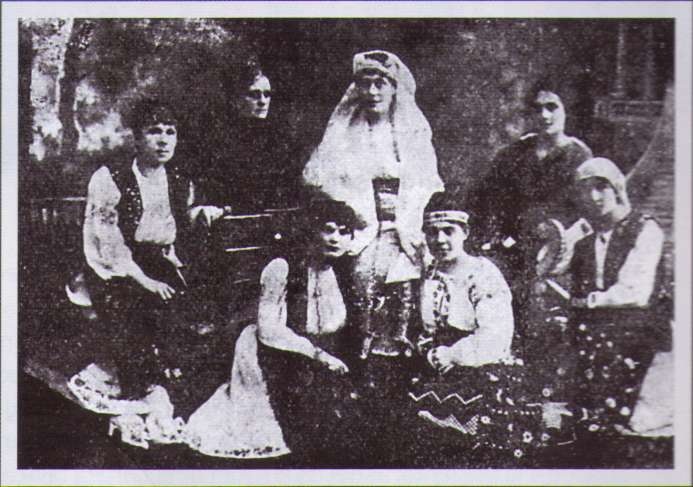
Thus, we see that feminism has existed in Bessarabia for a long time, and it is not something new, despite some fairly widespread preconceptions. It is, rather, a continuous struggle, for decades, of women to obtain, step by step, rights, to be protected, to have the chance to live a decent life and the possibility to make their own choices.
THE FIRST WOMEN
The few women who fought for the beginnings for equal rights and opportunities were followed by more women who set precedents in certain fields, such as law, architecture or aviation.
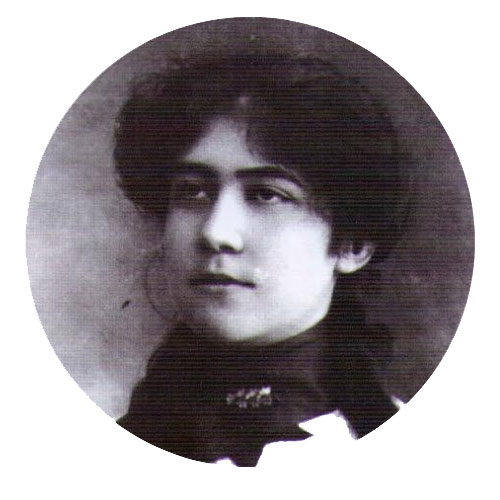 Eugenia Crușevan (b. 1889) was the first female lawyer from Bessarabia. The National Union of Romanian Bars included her name in their list of biographies of notable people in the profession, due to her contribution on the evolution of legal culture and civilization in Romania. Writer and researcher Iurie Colesnic notes in the volume "Unknown Bessarabia" that Eugenia "was a shock to her male colleagues, she was a model for other women." She studied at the "Princess Natalia Dadiani" High School, and then graduated in 1918 in Moscow. She started her career with the registration in the bar of Chisina and was secretary of the ‘Romanian Women in Greater Romania’ Society, an association set up to support the emancipation of women in order to obtain political and social rights. She practiced law until her retirement in Romania, after receiving an eviction order in 1944. She died in 1976 in Timisoara. A street in Chisinau bears her name today.
Eugenia Crușevan (b. 1889) was the first female lawyer from Bessarabia. The National Union of Romanian Bars included her name in their list of biographies of notable people in the profession, due to her contribution on the evolution of legal culture and civilization in Romania. Writer and researcher Iurie Colesnic notes in the volume "Unknown Bessarabia" that Eugenia "was a shock to her male colleagues, she was a model for other women." She studied at the "Princess Natalia Dadiani" High School, and then graduated in 1918 in Moscow. She started her career with the registration in the bar of Chisina and was secretary of the ‘Romanian Women in Greater Romania’ Society, an association set up to support the emancipation of women in order to obtain political and social rights. She practiced law until her retirement in Romania, after receiving an eviction order in 1944. She died in 1976 in Timisoara. A street in Chisinau bears her name today.
A year later than Eugenia Crușevan, Etti-Roza Spirer was born, the first woman architect from Bessarabia. She was born and studied architecture in Bucharest. After finishing her studies, she worked in the city of Bălți as a municipal architect. After the Second World War, she rebuilt and amplified in academic style a number of buildings in Chisinau and coordinated, in collaboration with the architect Alexei Șciusev, the restoration of the former Swiss hotel on Ștefan cel Mare şi Sfânt Boulevard, where the Bogdan Petriceicu-Hasdeu Municipal Library is currently located. She also designed the first nine-storey apartment building on Negruzzi Boulevard in Chisinau.
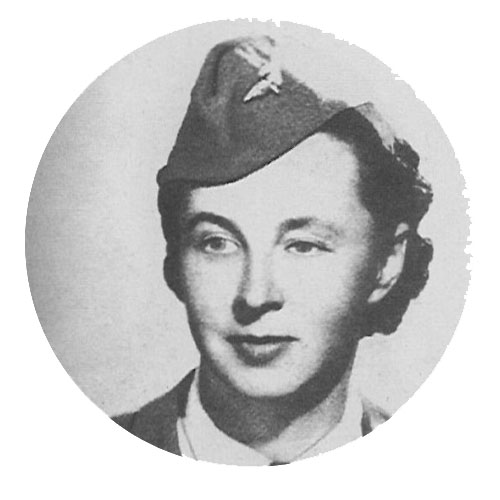 After Etti-Roza Spirer came Nadia Russo. Born in Russia and one of the pioneers of Romanian aviation. She was married to a Bessarabian landowner and from 1932 to 1934, she attended courses for medical sisters organized by the Red Cross in Chisinau. She took her pilot's license at the age of 35 in Romania, becoming the holder of the women's patent with number 9 in Romanian aviation, and thus began her career as a sports pilot. In 1937 she bought her own plane and, in the same year, obtained a pilot’s license without visibility. During World War II she served as a pilot in the "White Squadron" and achieved the rank of aviation lieutenant.
After Etti-Roza Spirer came Nadia Russo. Born in Russia and one of the pioneers of Romanian aviation. She was married to a Bessarabian landowner and from 1932 to 1934, she attended courses for medical sisters organized by the Red Cross in Chisinau. She took her pilot's license at the age of 35 in Romania, becoming the holder of the women's patent with number 9 in Romanian aviation, and thus began her career as a sports pilot. In 1937 she bought her own plane and, in the same year, obtained a pilot’s license without visibility. During World War II she served as a pilot in the "White Squadron" and achieved the rank of aviation lieutenant.
WOMEN WHO HAVE MARKED CULTURE AND ART IN MOLDOVA
Women have built careers at home and abroad, helped other talented artists, paving the way for them to create and have continued to move women, beyond the place of muses, to that of creators. The following singers, painters and writers have marked the recent history of Moldovan culture.
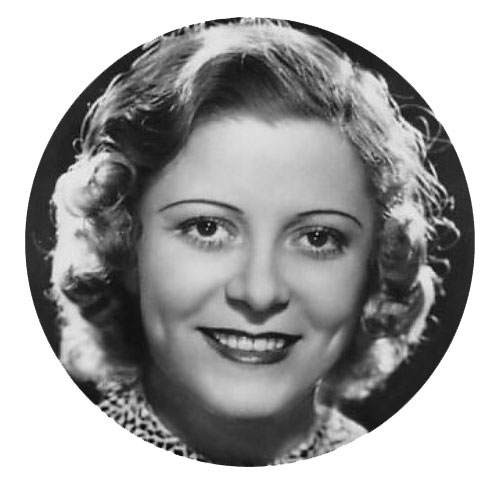
Maria Cebotari (b.1910) was an opera singer and one of the largest sopranos in the world in the 1930s and 1940s. Born into a modest family, her talent was discovered by a parish priest who urged her to pursue specialized studies. A thunderous ascent followed.
Her debut came in 1931 at the Dresden Opera as Mimi in ‘Bohemia’. Between 1935-1946, she performed as a soloist in the Operas of Berlin and Dresden and in the last two years of her life she became a soloist at the Vienna State Opera (1947-1949). She toured Europe including Prague, Paris, Rome, Milan, Antwerp, Copenhagen, Florence, London, Salzburg, Riga and Bucharest.
At only 24 years old, she was awarded the highest honorary title (in dramatic art) in Germany and Austria at that time. She starred in eight films, shot in Germany and Austria, alongside movie stars, including her husband, Gustav Diessl. Almost ten years after her marriage, after two heart attacks, her husband died. At the age of only one, she also died of liver cancer on June 9, 1949, at the age of 39. She was buried with her husband in Döblinger Cemetery in Vienna.
Many streets in the world bear her name today.
This year, Valentina Rusu-Ciobanu (b. 1920) turned 100 years old.
Considered to be the most important female personality in the field of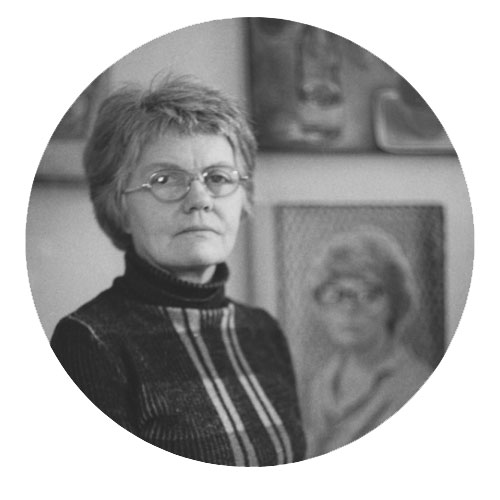 fine arts in the Republic of Moldova, her first works appeared in
fine arts in the Republic of Moldova, her first works appeared in the 1950s. She exhibited personal works at the National Museum of Art of Moldova, Center ‘C. Brâncuşi’, at the National Library and participated in several group exhibitions abroad. Despite ideological pressures, she retained her artistic identity and was decorated with state awards in Romania and the Republic of Moldova. Currently, she lives in Chisinau with her son, the artist Lică Sainciuc. For her birthday exhibitions were organized both in Chisinau and in Bucharest.
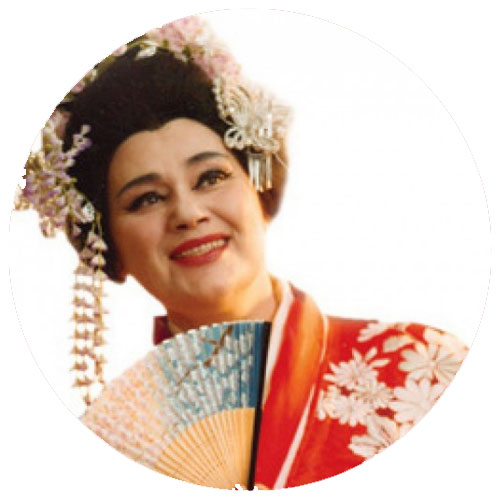
Maria Bieșu (b.1935) was a multi-award winning singer of opera and soprano. She was born on August 3, 1935, in Volintiri commune, Ștefan Vodă district. From 1961 she became a soloist at the National Opera in Chisinau, with her debut in the role of Floria Tosca in the opera of the same name by G. Puccini. In 1967, she won the title of ‘Best Cio-Cio-san’ at the Miura Tomaki International Competition in Japan. After her great success of Tokyo, she performed many concerts on the stages of the great opera houses in Paris, Sydney, Tokyo, Warsaw, Helsinki, Tbilisi and held solo tours in cities in Japan, Australia, Cuba and Israel. She was President of the Union of Musicians of the Republic of Moldova from 1987 and Vice-President of the World Union of Musicians of Moscow from 1992. In September 1990, she inaugurated the Chisinau First International Festival of Opera and Ballet Stars, entitled "Invite Maria Biesu". She died in 2012 after a battle with cancer.
In addition to these artists, there are many other women who have left their mark on the culture and art of the Republic of Moldova. Even today, women in the Republic of Moldova, a state crushed by poverty, violence and corruption, continue their fight for equal opportunities. In 2018, UN Women launched a campaign that tried to bring to the public's attention the successes of women who change the Republic of Moldova and this year, for the first time, a woman was elected president.